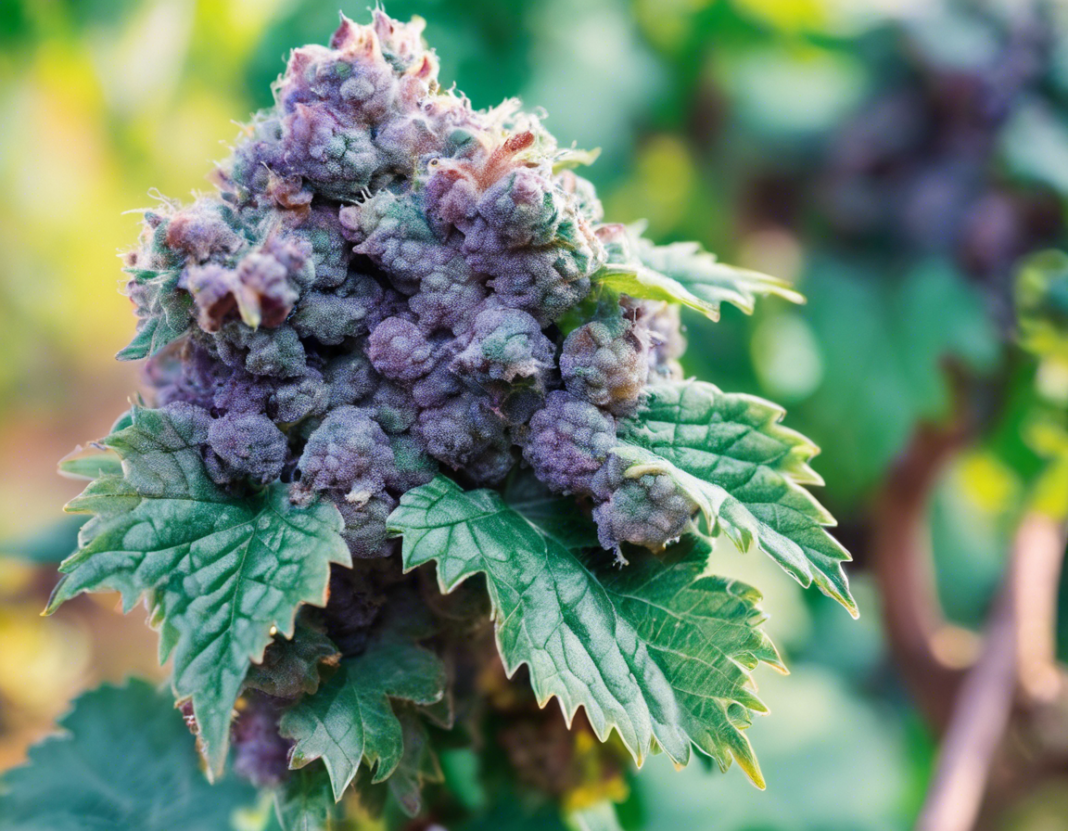The Grape Kush strain is a renowned and unique cannabis variety that has gained immense popularity among cannabis enthusiasts for its distinct aroma, flavor profile, and potent effects. In this comprehensive guide, we will delve into the origins, characteristics, cultivation tips, therapeutic benefits, and popular consumption methods of the Grape Kush strain.
Origins of Grape Kush Strain
The Grape Kush strain is a hybrid cross between two well-known cannabis strains – Grape Ape and OG Kush. Grape Ape, known for its grape-like aroma and relaxing effects, was crossed with OG Kush, a potent and legendary strain with earthy and citrus undertones. The resulting offspring, Grape Kush, inherits the best traits of its parent strains, making it a favorite choice for many cannabis users.
Characteristics of Grape Kush Strain
-
Aroma and Flavor: One of the distinguishing features of Grape Kush is its sweet and fruity aroma, reminiscent of ripe grapes, mixed with hints of earthiness and citrus notes. The flavor profile is equally captivating, offering a smooth smoke with a grape aftertaste that lingers on the palate.
-
Appearance: The buds of Grape Kush are typically dense and compact, displaying hues of deep purple and olive green, complemented by orange pistils and a frosty layer of trichomes that give it a glistening appearance.
-
Effects: Grape Kush is known for its balanced effects, offering a combination of cerebral euphoria and physical relaxation. Consumers often report feeling uplifted, creative, and happy, followed by a calming body high that helps alleviate stress, pain, and insomnia.
-
THC Content: The THC content of Grape Kush can vary, typically ranging from 15% to 20%. It is considered a moderately potent strain, making it suitable for both novice and experienced users.
Cultivation Tips for Grape Kush Strain
-
Growing Environment: Grape Kush thrives in a warm and sunny climate, making it ideal for outdoor cultivation. However, it can also be grown indoors with proper temperature and humidity control.
-
Flowering Time: The flowering period of Grape Kush is around 8 to 10 weeks, yielding dense and resinous buds with a high terpene profile.
-
Pruning and Training: To maximize yields and airflow, pruning and training techniques such as topping, lollipopping, and SCROG (Screen of Green) can be employed to promote healthy growth and bud development.
-
Harvesting: Harvesting Grape Kush at the right time when trichomes are cloudy or amber-colored ensures optimal potency and flavor. Proper curing and drying techniques are crucial to preserve the terpene profile and overall quality of the buds.
Therapeutic Benefits of Grape Kush Strain
-
Pain Relief: The analgesic properties of Grape Kush make it effective in alleviating chronic pain, migraines, and muscle spasms.
-
Stress and Anxiety: The relaxing effects of Grape Kush can help reduce stress, anxiety, and promote a sense of calm and well-being.
-
Insomnia: Individuals struggling with insomnia or sleep disorders may find relief in Grape Kush due to its sedative properties that induce relaxation and promote restful sleep.
-
Appetite Stimulation: Grape Kush is known to stimulate appetite, making it beneficial for individuals dealing with loss of appetite or eating disorders.
Popular Consumption Methods for Grape Kush Strain
-
Smoking: Rolling Grape Kush buds into a joint or blunt and smoking them is a classic and popular consumption method that allows for quick onset of effects.
-
Vaping: Vaporizing Grape Kush using a dry herb vaporizer preserves the flavors and terpenes while reducing the potential harms associated with combustion.
-
Edibles: Infusing Grape Kush into edibles such as baked goods, candies, or beverages offers a discreet and long-lasting way to experience the effects of this strain.
-
Tinctures: Grape Kush tinctures are another convenient and precise way to consume this strain, allowing for sublingual absorption and rapid onset of effects.
Frequently Asked Questions (FAQs) About Grape Kush Strain
1. Is Grape Kush a Sativa or Indica-dominant strain?
Grape Kush is a well-balanced hybrid strain, combining the effects of both Sativa and Indica genetics.
2. What terpenes are prominent in Grape Kush?
The most prevalent terpenes in Grape Kush are myrcene, caryophyllene, and limonene, contributing to its aroma, flavor, and therapeutic properties.
3. How should Grape Kush be stored to maintain its freshness?
To preserve the flavor, potency, and freshness of Grape Kush, it should be stored in an airtight container in a cool, dark place away from light, heat, and humidity.
4. Are there any potential side effects of consuming Grape Kush?
Common side effects of consuming Grape Kush may include dry mouth, dry eyes, dizziness, and in some cases, paranoia or anxiety, especially with high doses.
5. Can Grape Kush be used for medicinal purposes?
Yes, Grape Kush has therapeutic benefits and can be used to alleviate various conditions such as chronic pain, stress, insomnia, and lack of appetite.
In conclusion, the Grape Kush strain stands out for its unique aroma, flavor, and effects, making it a favorite choice among cannabis connoisseurs. Whether you are looking for relaxation, creativity, or relief from various ailments, Grape Kush offers a well-rounded experience that caters to a wide range of preferences. By understanding its characteristics, cultivation methods, therapeutic properties, and consumption options, you can fully appreciate and enjoy all that this exceptional strain has to offer.
